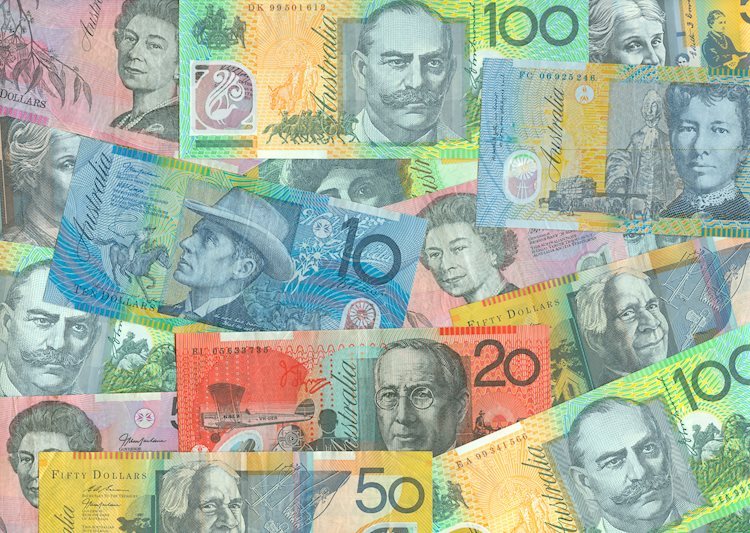Products You May Like
Overview of Australian jobs report (Feb)
Australia’s monthly jobs report is back on the cards for Asian markets today, due 0130GMT. Employment gains are starting to face headwinds after two years of breakneck additions.
Analysts at TD Securities explained that the three leading employment indicators point to 2-2½%/y employment growth, and so our expected ‘seasonal’ August dip (TD -10k, mkt +18k) is unlikely to be the start of renewed weakness:
“As employment and hours’ worked were so strong last year, all annual growth rates suffer from adverse base effects. We look for the unemployment rate to pip higher to 5.4% (mkt 5.3%) on an unchanged participation rate of 65.5% (mkt 65.6%). Adding to the sour tone, we look for a correction in full-time employment as well (-20k).”
Analysts at Westpac explained:
‘in July, the incoming rotation group has an employment to population ration lower than the group it replaced but on par with the sample as whole. We expected this and is why, in part, we forecast a small number. In August, the group rolling out is more like the sample overall so we will not speculate this month on the possible impact of sample rotation. Our Jobs Index model suggests that labour demand may have eased but it still at a robust level. As such, we have forecast an around trend 18k for August. unemployment rate Westpac’s forecast for an around trend rise in employment of 18k, and with the participation rate rounding up to 65.6%, will see the hold flat at 5.3%.
Analysts at ANZ:
We expect a solid rise in employment in August after the 4k fall in July. ANZ Job Ads growth has slowed, and business conditions have edged lower from very buoyant levels, however both still point to ongoing expansion in employment growth.
Further weakness in job ads or a sharp deterioration in business conditions would be concerning. We look for a rise of 20k and an unchanged unemployment rate of 5.3%.
How could the data affect AUD/USD?
As being the proxy currency of choice to what goes down in China town and EM-FX, what with a sharp rally in the Lira and CNH, AUD/USD made a high of 0.7182 and closed at 0.7166 in NY. It crept lower into early Asia to 0.7162 – still up for the lows of 0.7085 (lowest since Feb 2016). From here, there is a solid bull bar on the daily sticks, although bulls ran out of stem at the 10-D SMA as the first hurdle to now clear on a positive jobs outcome. The 4hr SMA supports on the downside at 0.7157 as does the 10-D SMA at 0.7124. The 0.72 handle os a key upside target while the bears look to 0.7080 key downside target.
Key notes:
About Aussie jobs data:
The Employment Change released by the Australian Bureau of Statistics is a measure of the change in the number of employed people in Australia. Generally speaking, a rise in this indicator has positive implications for consumer spending which stimulates economic growth. Therefore, a high reading is seen as positive (or bullish) for the AUD, while a low reading is seen as negative (or bearish).
